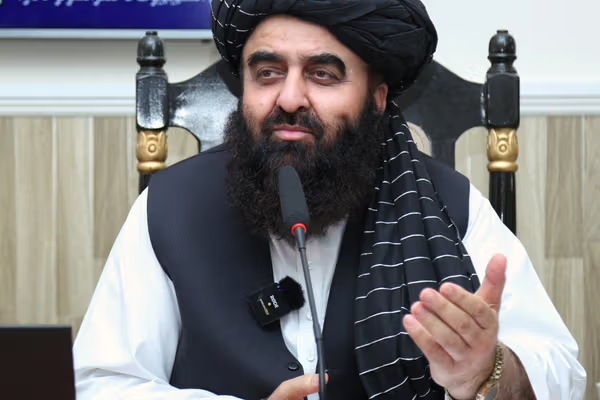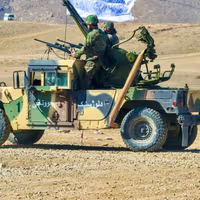The drones are believed to have belonged to the Pakistani military.
The first strike hit Surkakh village in Spera district, Khost province, an area known to host Pakistani Taliban and Gul Bahadur fighters. Local sources said two children were killed and six others wounded.
A second strike struck a house belonging to a man named Shahsawar in Viala village of Shinwar district, Nangarhar province. The house was hit twice, leaving two children missing and two others wounded, who were taken to hospital.
Residents also reported multiple explosions in three districts of Kunar province including Marawara, Sarkano and Dangam, all of which border Pakistan. Viala is also known to shelter TTP members.
Pakistan has not claimed responsibility for Wednesday’s attacks. However, its forces have previously struck militant hideouts in Afghanistan. One of the deadliest incidents took place in January 2025, when Pakistani warplanes bombed Barmal district in Paktika province, killing at least 46 people. The Taliban said most victims were women and children. The Pakistani army said it had hit “TTP centres,” while media close to the military reported that several militants were killed and four operational bases destroyed. Taliban officials insisted the strikes hit “Waziristani refugees.”
Tensions between Islamabad and Kabul have risen since the Taliban takeover in Afghanistan, with Pakistan accusing the TTP of deadly attacks on its soil and the Taliban urging Islamabad to negotiate with the group. The dispute has escalated into border clashes and cross-border airstrikes. Pakistan’s defence minister previously warned that airstrikes inside Afghanistan would continue if militant attacks persisted.
The drone strikes followed months of rising violence. On 2 August 2025, Pakistan’s National Counter-Terrorism Authority placed the Hafiz Gul Bahadur group on its list of banned terrorist organisations. During a recent trip to Kabul and Beijing, Pakistan’s foreign minister urged Afghanistan and China to step up trilateral efforts against militants. Pakistani officials maintain that TTP and Gul Bahadur fighters enjoy safe havens in Taliban-controlled Afghanistan.
On 12 August, Pakistan’s army said it had killed 50 TTP fighters in Sambaza, Balochistan, near the Afghan border. Local sources reported that about 90 per cent of those killed were members of the Gul Bahadur faction, a group once linked to the TTP and responsible for multiple deadly attacks on Pakistani forces.
The strikes on Wednesday night threaten to strain relations further. After a period of political pressure and frozen high-level talks, Pakistan and the Taliban had recently moved to warmer political and trade ties. During his visit to Kabul, Pakistan’s foreign minister said the Taliban had pledged to help curb Pakistani militants. But in recent weeks, clashes between TTP fighters and Pakistani forces have intensified.
On 22 August, security sources said the Taliban transferred the bodies of 50 Afghan fighters affiliated with the TTP to the central hospital in Paktika. The men were killed earlier in Pakistani operations in Sambaza.
On the same day, Pakistani officials reported that at least 45 TTP fighters were killed. They said more than 30 died in Bajaur, Khyber Pakhtunkhwa, when an improvised explosive device being assembled exploded inside a mosque. Fifteen others were killed in South Waziristan.
At least five Pakistani security personnel and three civilians have also been killed in recent days of violence in Khyber Pakhtunkhwa. Officials said seven attackers were also killed.
Clashes were reported in Bajaur, Khyber, Hangu and North Waziristan. The Daily Dawn reported that in an attack on a border security post in Hangu, two security personnel and two militants were killed. The paper also reported that fighting in Upper and Lower Dir left five militants dead and seven police officers wounded.
In Lajbok Dara, militants clashed with police and set several police vehicles on fire.
The Wednesday night strikes appeared to be a response to the renewed wave of TTP attacks, which Pakistan says are directed from strongholds in Afghanistan’s border provinces.





